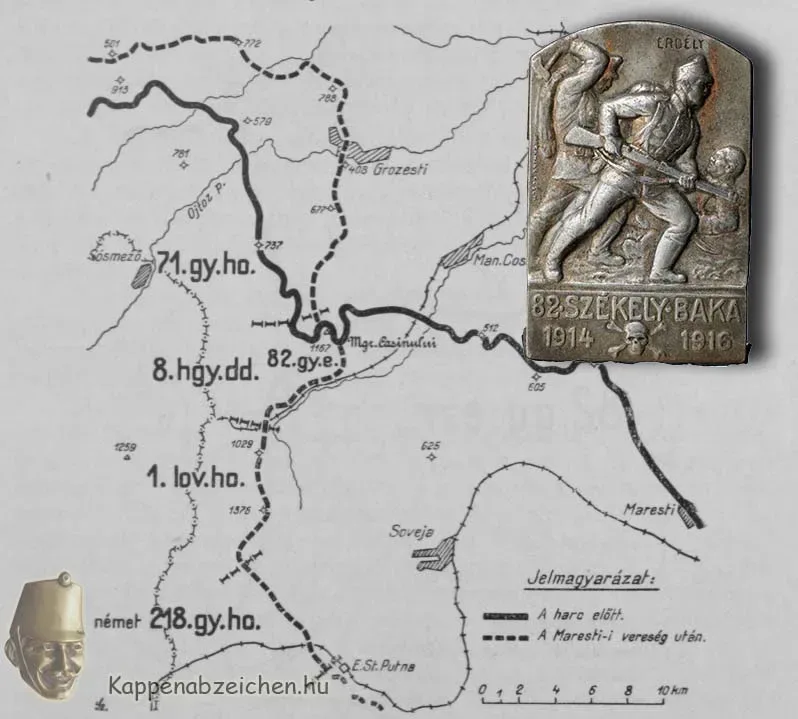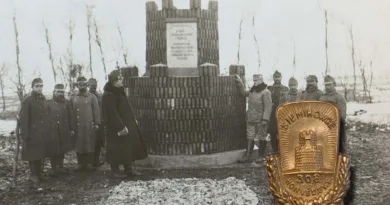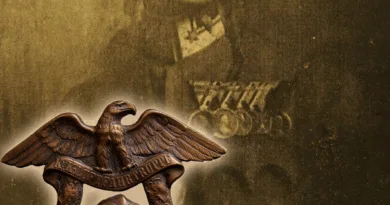July 1917: Magura Casinului
This site is now entering its fourth year, just as in July 1917 the war had already lasted three full years. In editing the blog, I myself experience the downsides of long, regular, hard work, not only the beauties. Sometimes I feel like I’m running out of ideas, and the diligent reader may have noticed that, unlike the first two years, in the third year, the usual next-day upload was delayed by a day or two. Sometimes I have the feeling that in 1917 there were signs of fatigue and drifting in the front service as well. Obviously, not only among the fighters of the Monarchy, but also among the opponents. One of the consequences of this exhaustion was that this year “only” one major operation took place on the Eastern Front and three on the Italian Front.
On the fronts, small-scale enterprises that improved positions were of course constantly taking place. Such was the attack on Magyaros-tető in March 1917. During this period, the southeastern tip of Transylvania was defended by the 82nd Infantry Regiment, among other troops. This is important because the regiment’s reinforcement area was just behind the front line. Romanian troops invaded the area in the fall of 1916. As a sign of their conquest, they immediately introduced a Romanian administration and committed many atrocities against the civilian population. Therefore, after the recapture of the territory, the 82-er buck could feel very motivated in national defense even at the end of the third year of the war. A repetition of the horrors of 1916 must not be allowed. At that time, Russian troops threatened the Ojtoz Strait in place of the Romanians who had been knocked out of the war. The defense was built on the mountain range at the Moldavian entrance of the strait. One of its important strong points was the Magura Casinului mountain, which was captured by the 8th Mountain Brigade on December 31, 1916. Later the 82-ers took over the place and the regiment fortified this salient point of the front line.
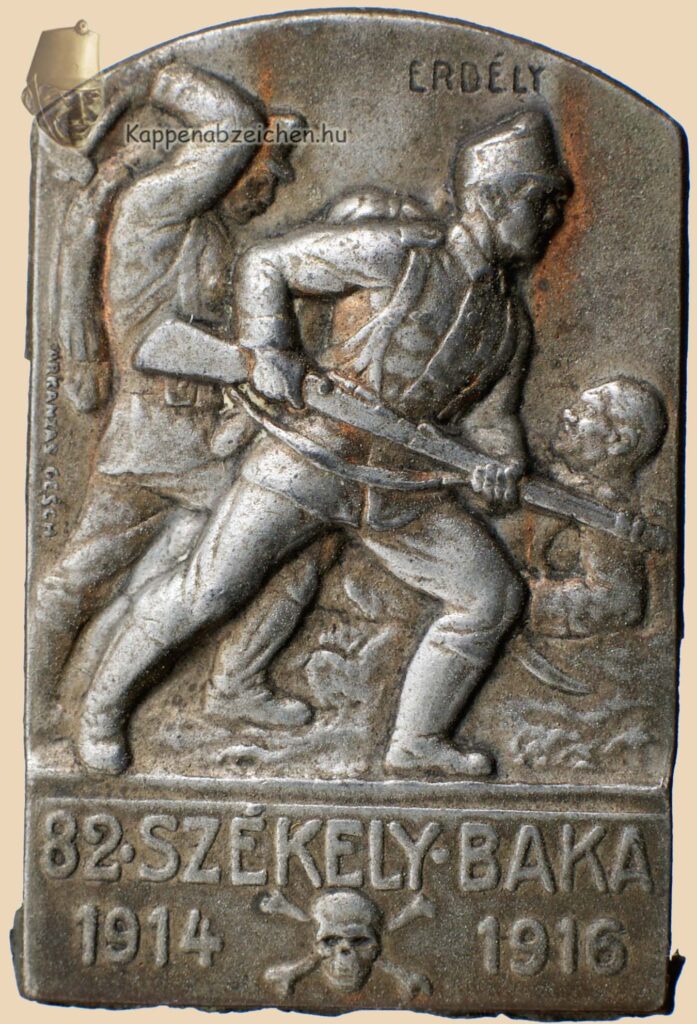
During 1917, the mountain was under continuous artillery fire, which intensified from July 7 and lasted even at night. The main attack direction of the Kerensky offensive was in Galicia and Bukovina, but demonstrations also took place on this front. After the Galician attack stalled, instead of the Russians the Romanians continued to try here in Moldavia. The Romanians managed to penetrate the positions east and south of the mountain. Therefore, the importance of the point has increased. By occupying it, it could have been possible to widen the success achieved in this direction. Between July 22 and 25, 1917, the mountain was flooded by snare fire, and then between July 26 and August 5, the two Romanian divisions that took the place of the Russians attempted 40 attacks against the 82nd Infantry Regiment defending on the mountain. The command of the attacking troops allegedly set a blood price of 40 gold francs on the heads of the bucks who tenaciously defended the positions. According to what was written in the regimental history, the Romanians managed to capture only 12 wounded. The enemy was not able to capture the important stronghold later either.
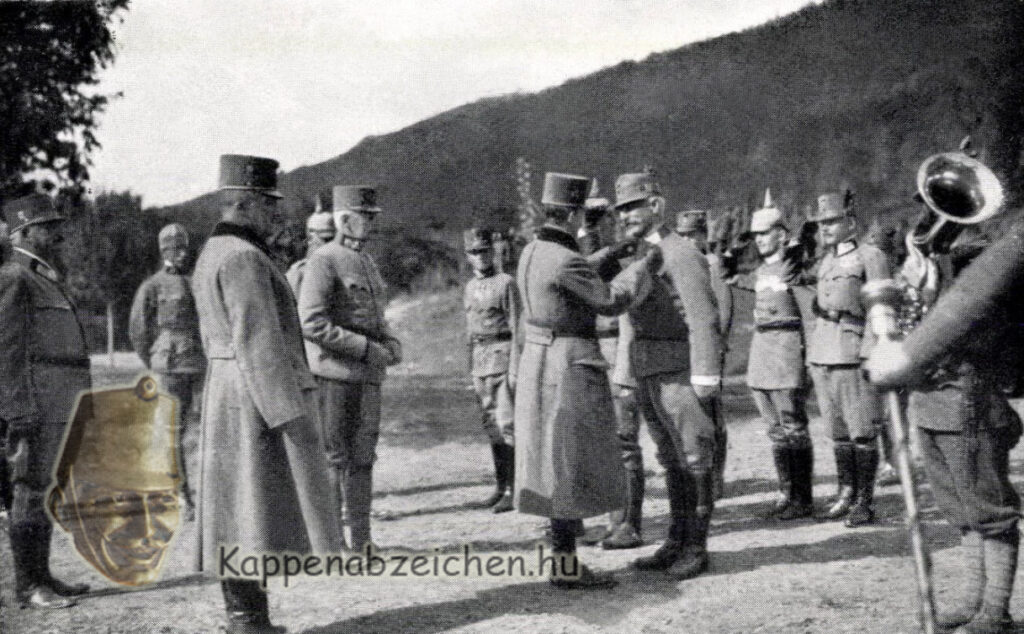
The commander of the regiment, Colonel Papházy, received the Knight’s Cross of the Order of Leopold for this achievement, which, as evidenced by the attached picture, the monarch pinned to his chest.

